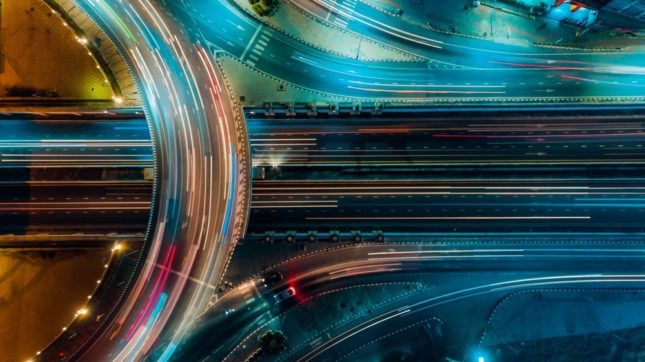Techonomy 2019 in November at Half Moon Bay
On a balmy evening in July, a large portion of Manhattan was plunged into sudden darkness. People were trapped in elevators, subways were disrupted, and traffic lights stopped working. Lucky for New Yorkers, the power outage only lasted five hours, and was eventually attributed to a burning 13,000 volt cable. Thankfully for all of us, this was not an act of terror–but it easily could have been.
While the wars of the past focused on destroying a country’s physical infrastructure–like bridges and roads–criminals of the future will be able to virtually target both physical and digital infrastructure—because everything will be connected online. In fact, by 2025, more than 500 billion devices will be connected to the Internet–including everything from the complex infrastructure of our roads and cities to everyday items, like refrigerators and doorbells.

While these advancements are of course welcome, the truth is that the more connected we become, the more vulnerable society is to threats. This becomes especially concerning when it comes to the critical infrastructure that’s already beginning to crumble and fail around the globe. In a world where our power grids, dams, traffic lights, and mobile telephones are all operating through digital, one well-placed hack could plunge an entire country into a post-apocalyptic-like disaster.
In this light, it’s clear that securing our own country’s physical and digital infrastructure is a matter of national security. With the 2020 Presidential election on the horizon, I’m calling on U.S. leaders–both political and corporate–to address the issue of future-proofing our infrastructure. To succeed, we must accept the following three truths:






